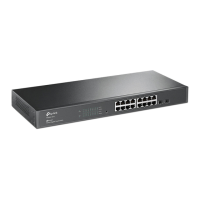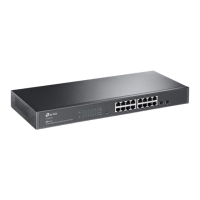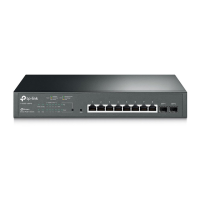118
Group ID: 112 bits, IPv6 multicast group identifier that uniquely identifies an IPv6 multicast
group in the scope defined by the Scope field.
Reserved Multicast Addresses:
Address Indication
FF01::1 All interface-local IPv6 nodes
FF02::1 All link-local IPv6 nodes
FF01::2 All interface-local IPv6 routers
FF02::2 All link-local IPv6 routers
FF05::2 All site-local IPv6 routers
FF0X::
X ranges from 0 to F. These multicast addresses are
reserved and shall never be assigned to any multicast
group.
Table 9-3 Reserved IPv6 Multicast Addresses
The solicited-node multicast address is a multicast group that corresponds to an IPv6 unicast or
anycast address. It is usually used for obtaining the Layer 2 link-layer addresses of neighboring
nodes within the local-link or applied in IPv6 Duplicate Address Detection. A node is required to
join the associated Solicited-Node multicast addresses for all unicast and anycast addresses that
have been configured for the node's interfaces.
IPv6 Solicited-Node Multicast Address Format:
FF02:0:0:0:0:1:FFXX:XXXX
The IPv6 solicited-node multicast address has the prefix FF02:0:0:0:0:1:FF00:0000/104
concatenated with the 24 low-order bits of a corresponding IPv6 unicast or anycast address.
2. IPv6 Multicast MAC Address
The high-order 16 bits of an IPv6 multicast MAC address begins with 0x3333 while the low-order
32 bits of an IPv6 multicast MAC address are the low-order 32 bits of the IPv6 multicast IP address.
The mapping relationship is described as the following figure:
Figure 9-3 Mapping relationship between multicast IPv6 address and multicast IPv6 MAC address

